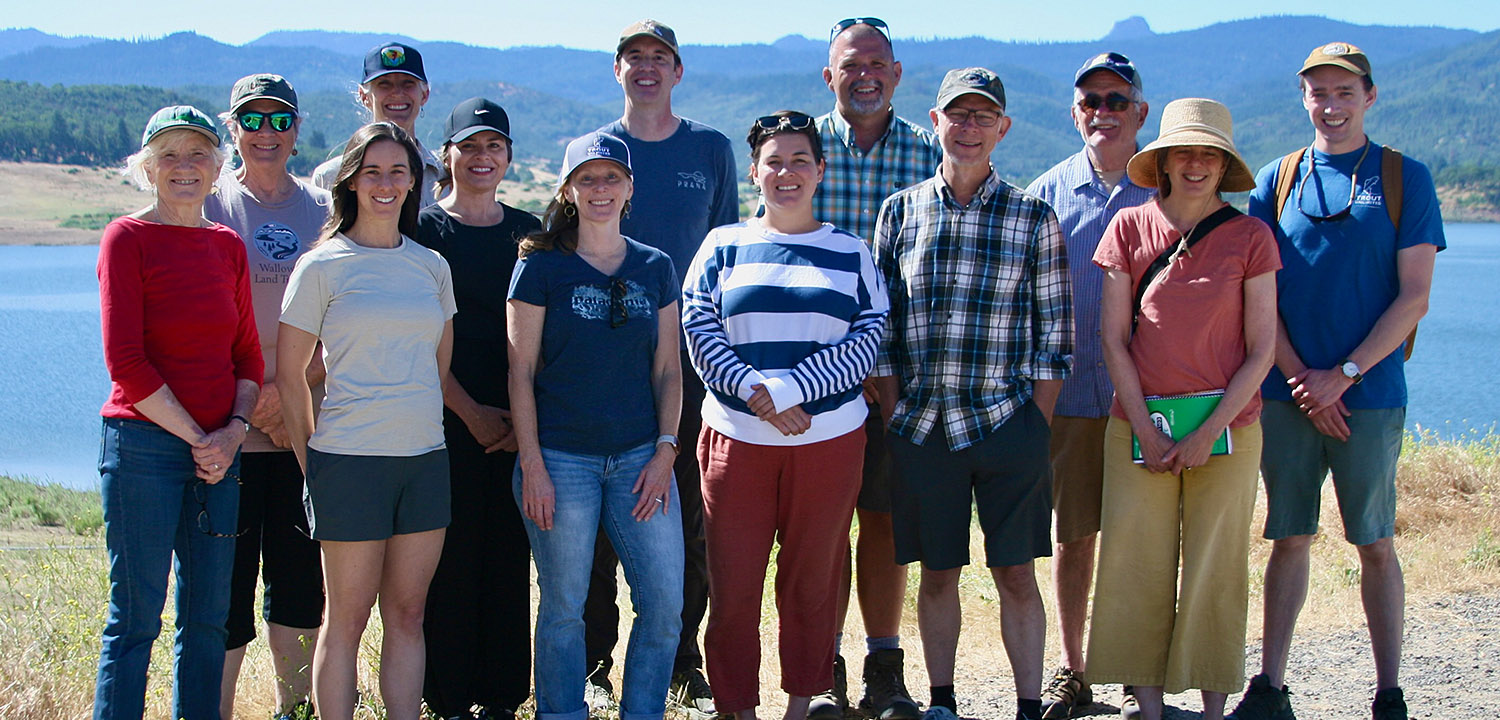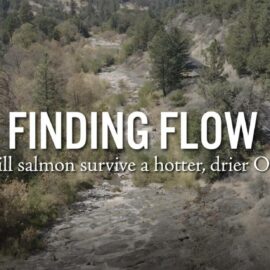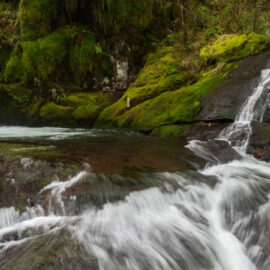The state’s outdated water system isn’t meeting the moment. Oregon Water Partnership knows where to start.
A warm breeze passed through the group of state legislators and conservation champions assembled in the refuge of a towering shade tree. Nearby, hidden behind a screen of willows and alder, the water in Bear Creek rushed noisily on its way to join the Rogue River a dozen miles downstream. And one by one, the elected officials offered their takeaways as they closed out a two-day tour of Southern Oregon’s Rogue River Basin.
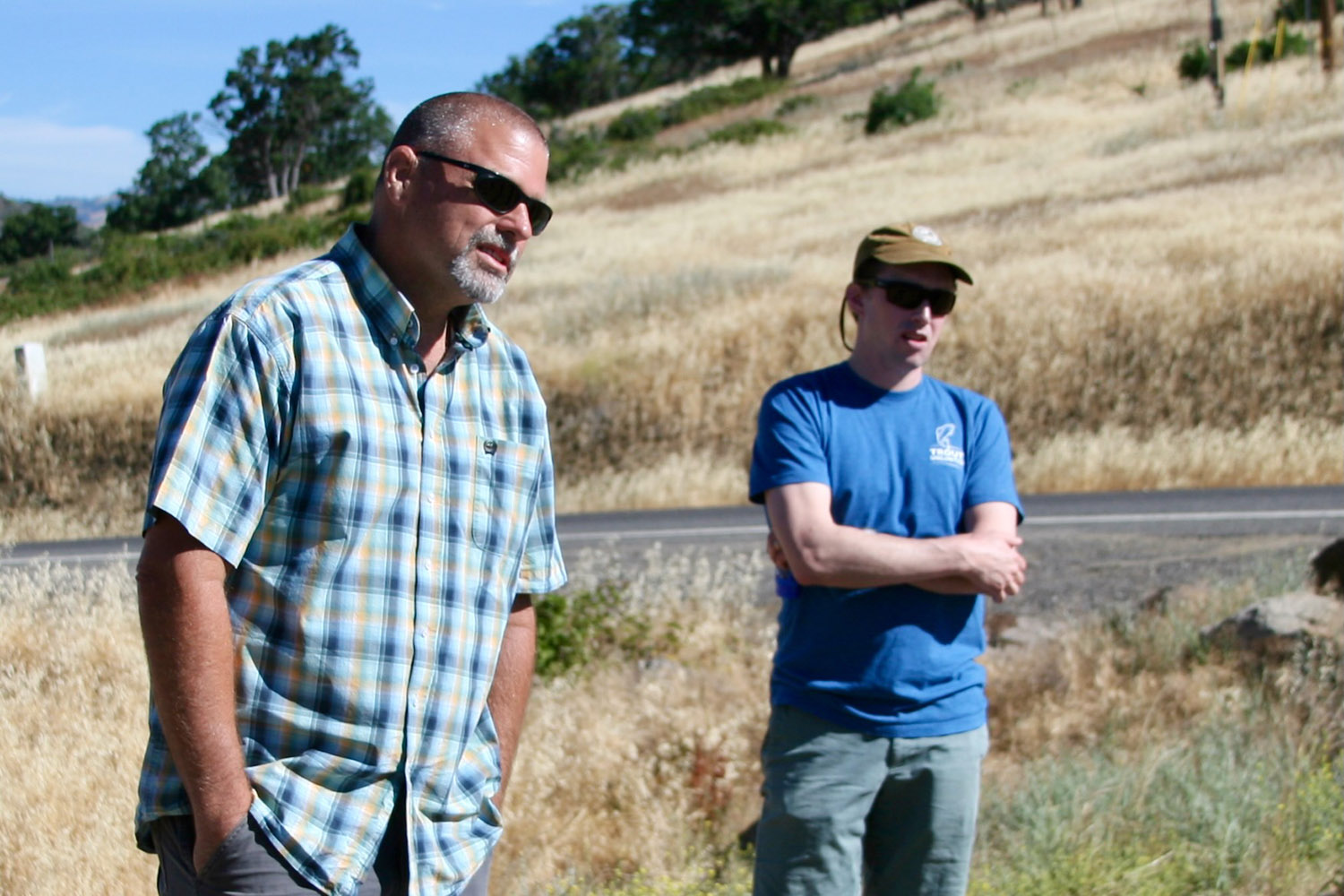
Water is life. There’s not enough water to go around in our current management scheme. We have to figure out how to conserve it.
Representative Mark Owens
“Water is life,” said Representative Mark Owens (R-Crane), Co-Chair of the House Committee on Agriculture, Land Use, Natural Resources, and Water. “There’s not enough water to go around in our current management scheme. We have to figure out how to conserve it.”
Representative Pam Marsh (D-Ashland), a fellow member of the Water Committee as well as the Climate, Energy, and Environment Committee, agreed that Oregon’s water issues require action.
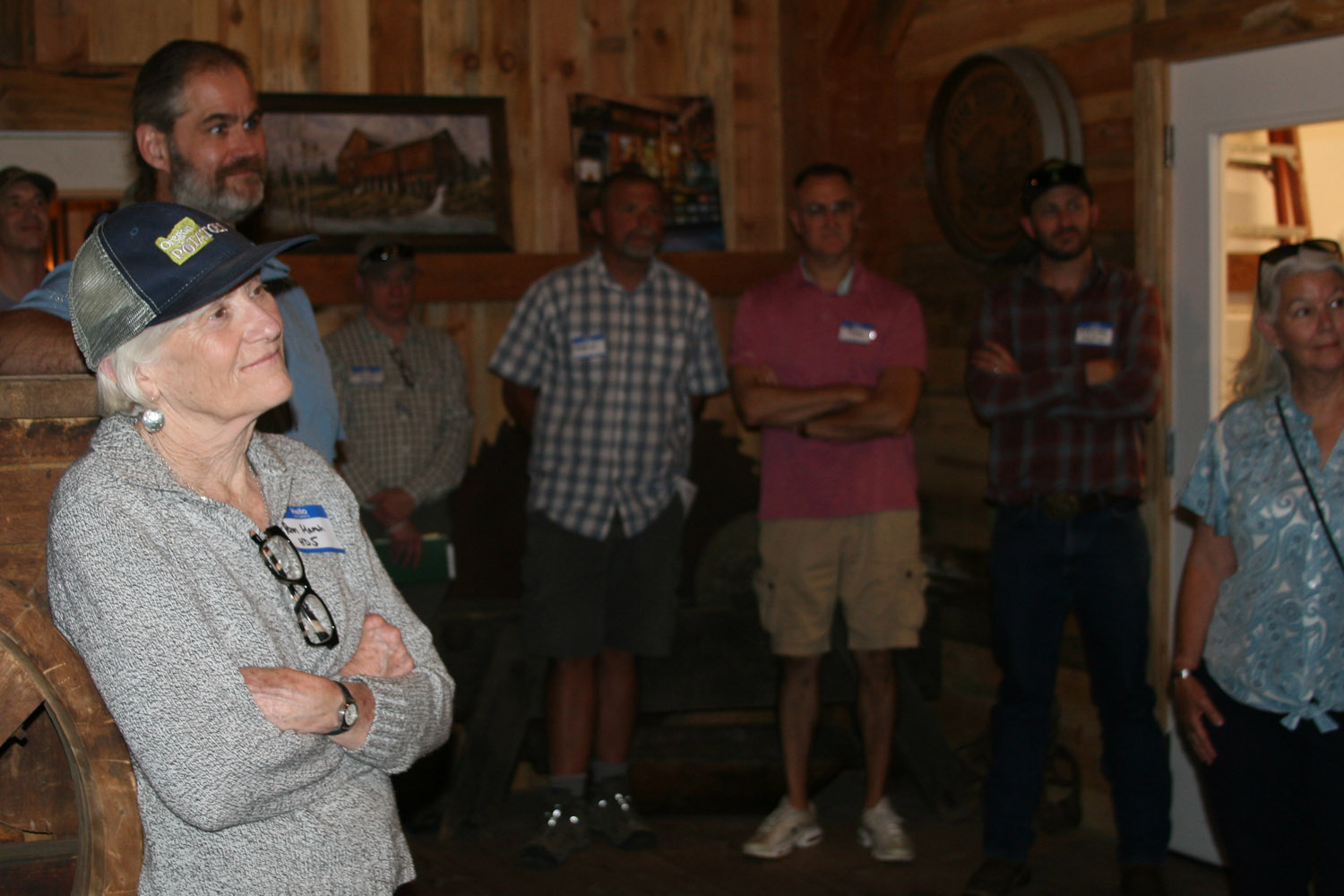
Our Legislature and the Governor understand that we’re facing a crisis. These issues can’t be shoved under the rug.
Representative Pam Marsh
“The good news is that water and water scarcity have become front-and-center,” Rep. Marsh says. “Our legislature and the Governor understand that we’re facing a crisis. These issues can’t be shoved under the rug.”
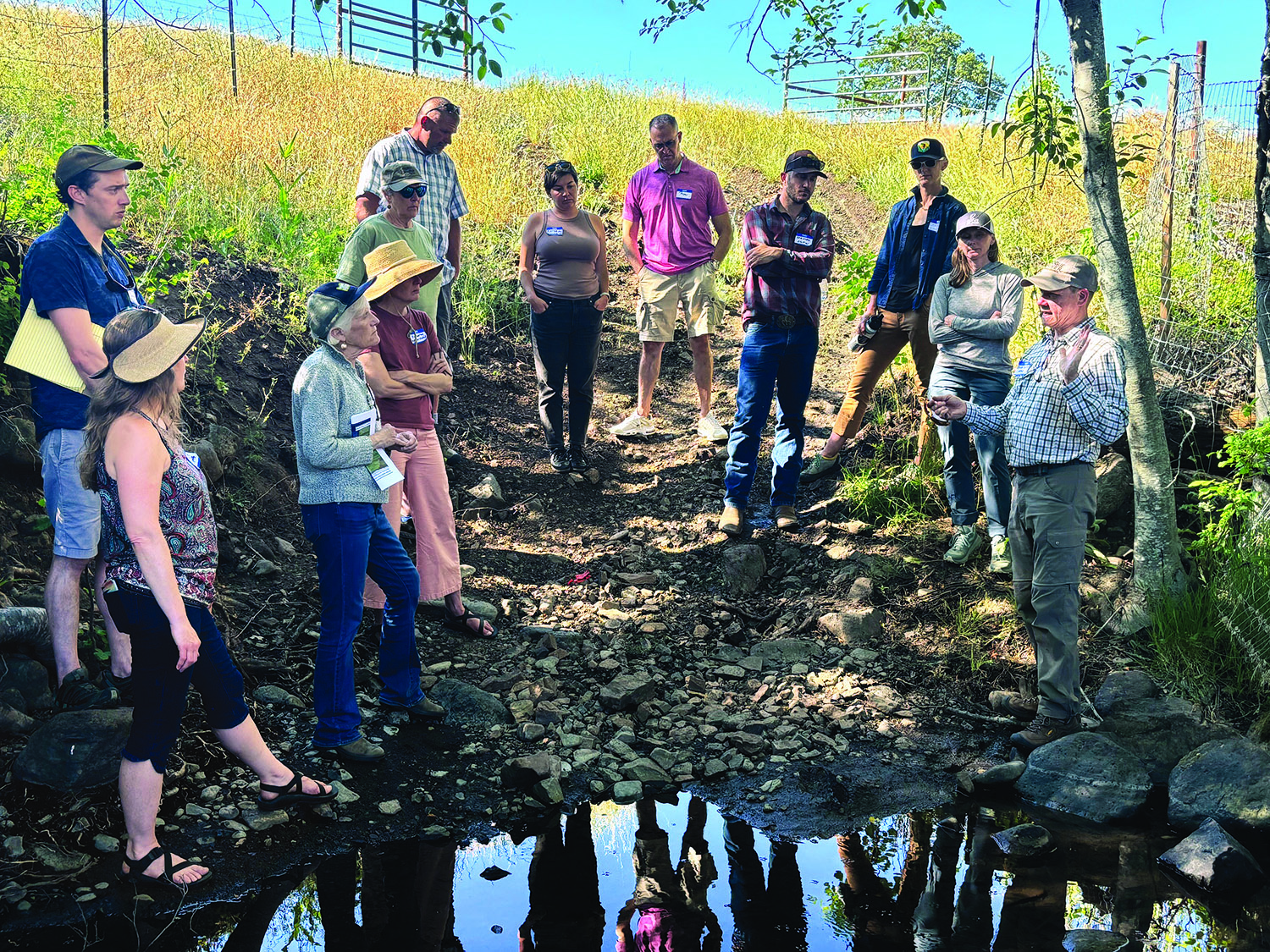
What brought these legislators—from opposite sides of the state and opposing sides of the aisle—together near the banks of a salmon stream? Water. More specifically, Oregon Water Partnership: a joint effort of Wild Salmon Center, WaterWatch, Trout Unlimited, The Nature Conservancy, Sustainable Northwest, Oregon Environmental Council, and Environmental Defense Fund. This coalition of statewide conservation nonprofits is dedicated to tackling the state’s biggest water problems, and the coalition’s two-year track record includes millions of dollars of investment in drought resilience, improvements to water data measurement and analysis, and expansion of voluntary streamflow restoration programs.
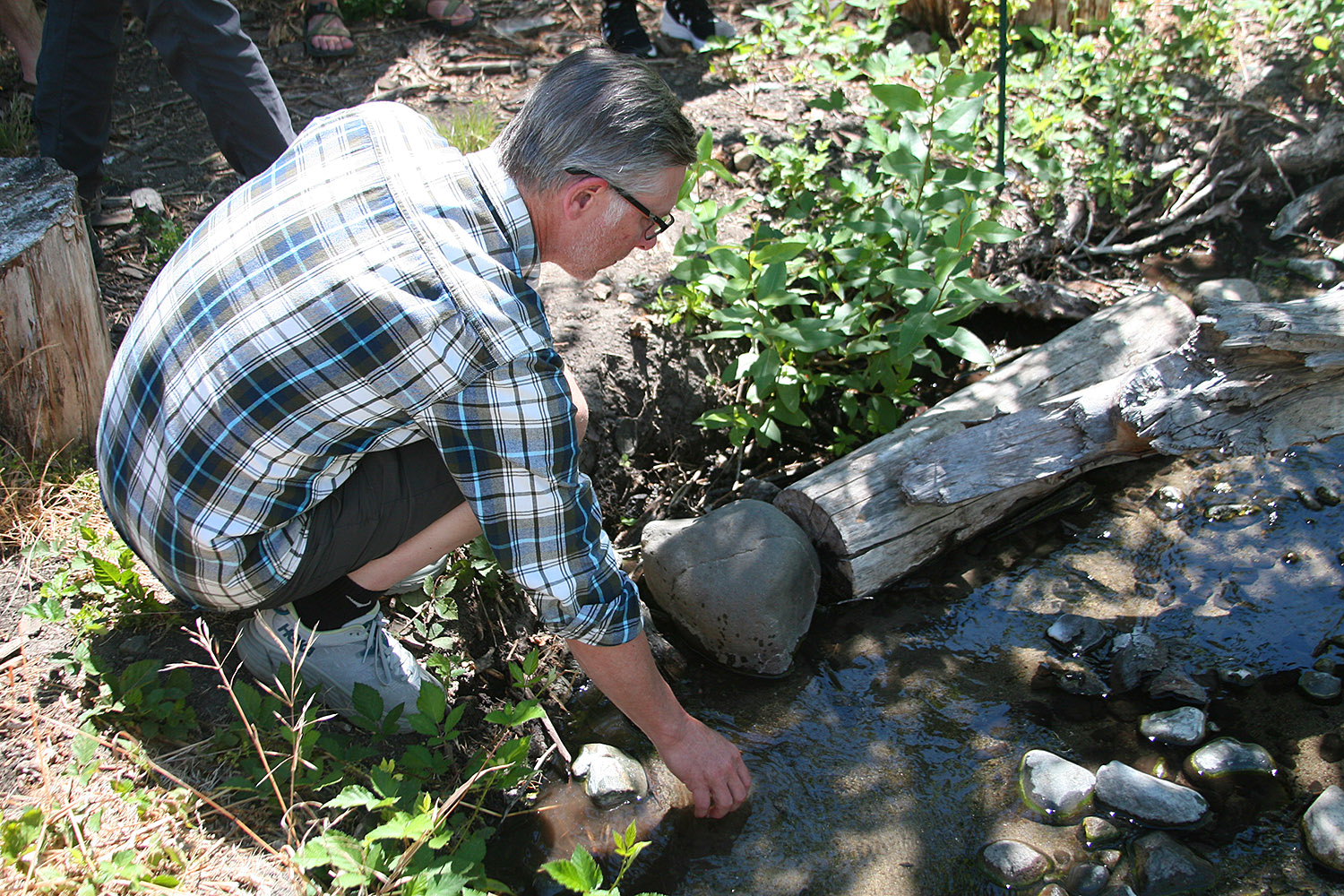
Yet for all these recent wins, water remains a poorly understood and oft-forgotten issue in the busy halls of the State Capitol. That’s why in late June, Oregon Water Partnership brought a bipartisan group of Oregon legislators and staff to the Rogue Basin to tour irrigation systems, reservoirs, a hydropowered flour mill, and a suite of restoration projects. The goal: show the real-world impacts of Oregon’s outdated water code in a region starting to experience California-style water woes—and share win-win solutions that enhance habitat, improve water security, and increase climate resilience.
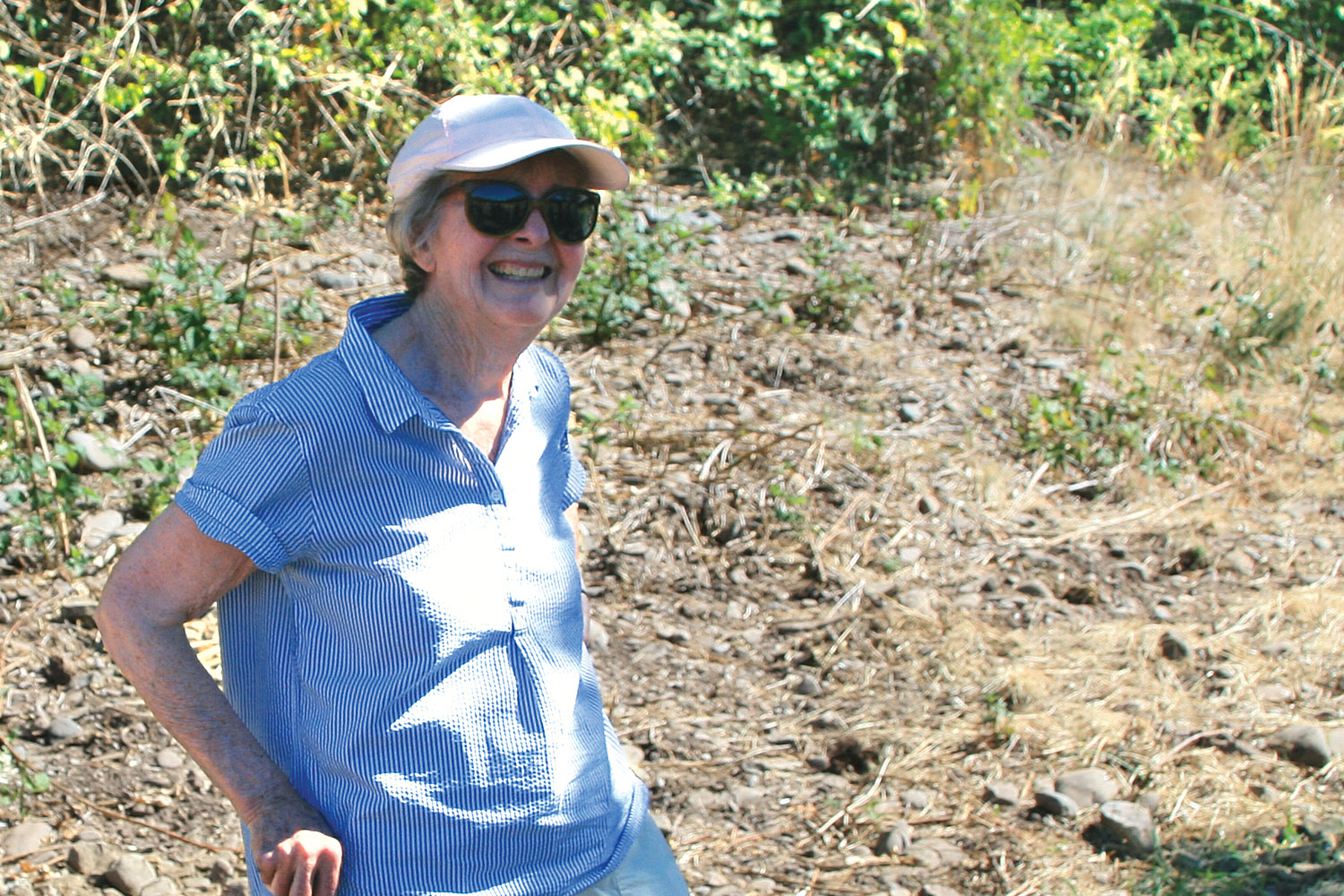
For decades, rancher Betsy Sarthou relied on a shared, two-mile-long, and very leaky ditch to deliver irrigation water to her cows’ pasture from South Fork Little Butte Creek, a key coho tributary to the Rogue River.
The Sarthou ranch sits right next to that same creek—a mile downstream from where water is diverted out of the streamcourse. But because their legal right to use creek water for irrigation was hitched to a ditch built in the 1800s, they were locked into using an outdated water delivery system that would cost hundreds of thousands of dollars to upgrade. All the while, winters trended drier, summers ran hotter, and everyone reliant on the creek felt the pinch—not least the baby coho that oversummer there.
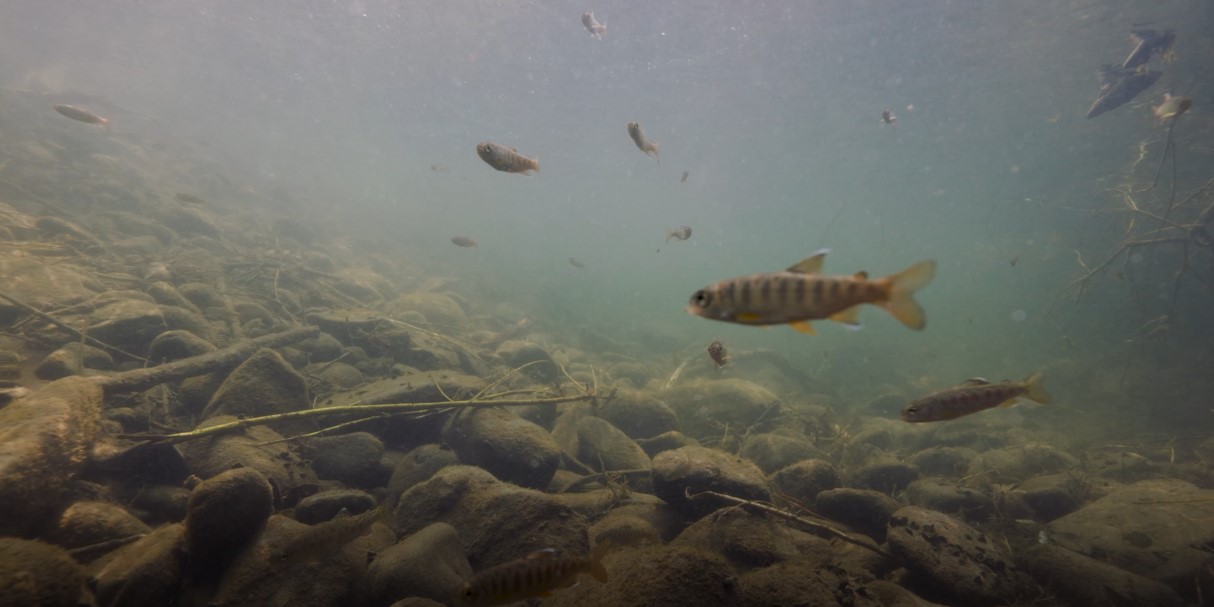
“Imagine the amount of water lost in the two-mile-long journey down that old dirt-bottomed ditch—it was unsustainable both for the Sarthous and for salmon that need that summertime flow, too,” says Trout Unlimited Oregon Director Chrysten Rivard. “As Betsy shared during our tour stop at her ranch, she and her family knew there had to be a better way.”
Thanks to the efforts of Trout Unlimited and its partner Rogue River Watershed Council, there was. In 2023, TU and the Sarthous successfully tapped the Oregon Water Resources Department for grant funding that largely covered the costs of installing a new water diversion next to their property—along with a state-of-the-art, water-conserving sprinkler system to ensure even more water savings while also improving hay and cattle production. Moving the diversion structure downstream means water stays in the creek another mile, and the saved water—a 27% reduction from past use—will be legally protected instream for 20 miles, all the way to the confluence with Little Butte Creek.
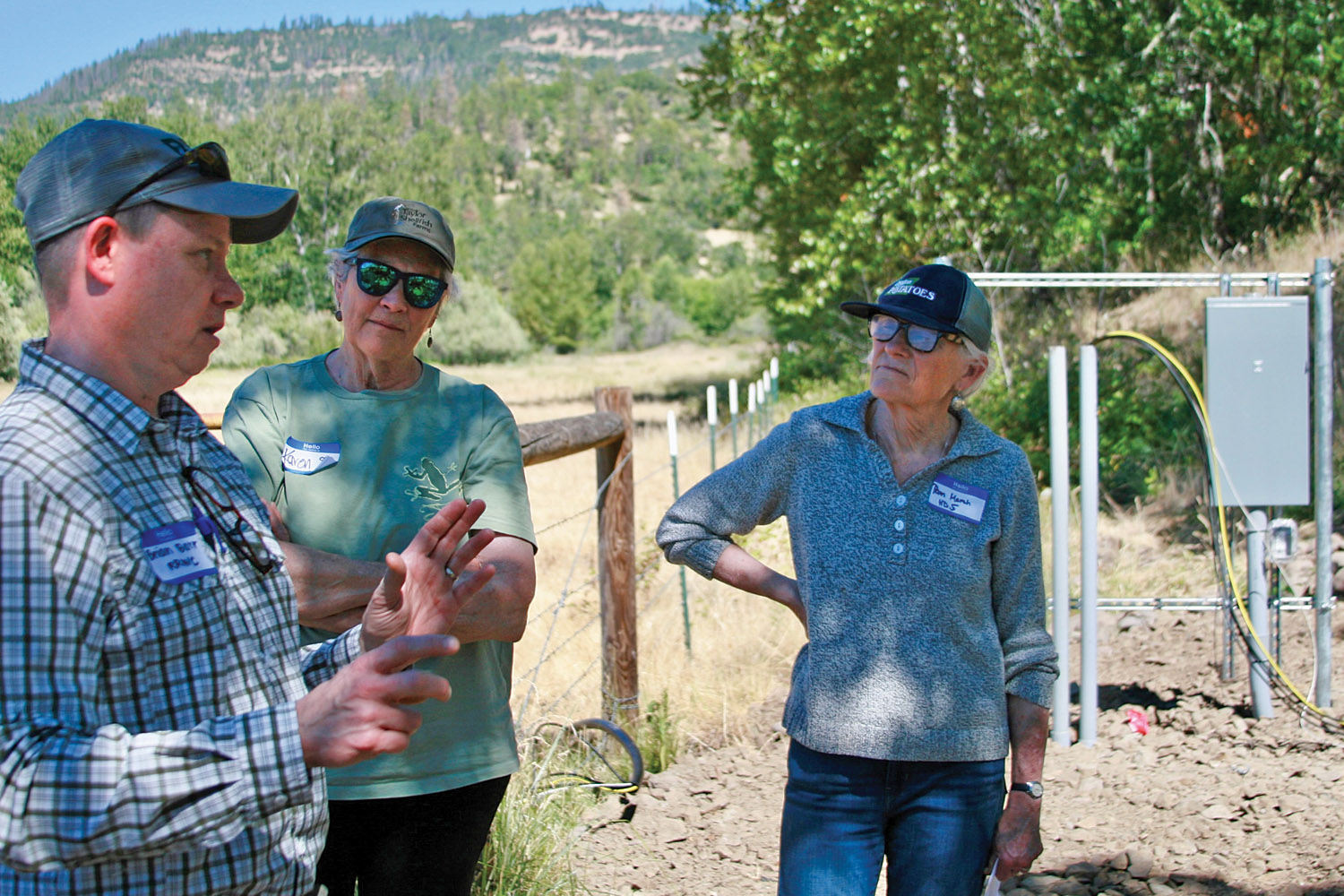
It’s a fix that sounds simple—even obvious. The less distance irrigation water travels in a leaky ditch from its source, the more water makes it to farms and ranches. And when that saved water is legally protected instream, the more water remains in the creek for fish.
The Sarthous’ new fish-friendly irrigation system is a great example of the kind of win-win water conservation project enabled by recent historic investments in drought resilience by the Oregon Legislature—investments championed by Oregon Water Partnership. Now, it’s time to scale up this work—and update our 19th-century water laws to meet our 21st-century water reality.
Despite its damp reputation, Oregon is increasingly parched. Across the state, communities are facing worsening water woes stemming from heavier demand, less reliable supply, data gaps, aging infrastructure, and antiquated laws. In fact, a 2023 advisory report from the Secretary of State warned that “water insecurity may ultimately threaten the environmental and economic well-being of the entire state.” And Southern Oregon—with its world-class salmon rivers, productive agricultural industry, and growing population—has become a proving ground of sorts: can Oregon adapt its approaches fast enough to balance instream and out-of-stream water needs?
Wild Salmon Center Water Policy Director Caylin Barter thinks there’s reason to be hopeful. She has spent her career partnering both on the ground to implement water projects and in the halls of the Capitol advocating for smarter solutions to Oregon’s water challenges. She also sees those water challenges take a perennial back seat to topics more familiar to many legislators. That’s why she jumped at the chance to help organize a legislative water tour five hours south of her Portland home.
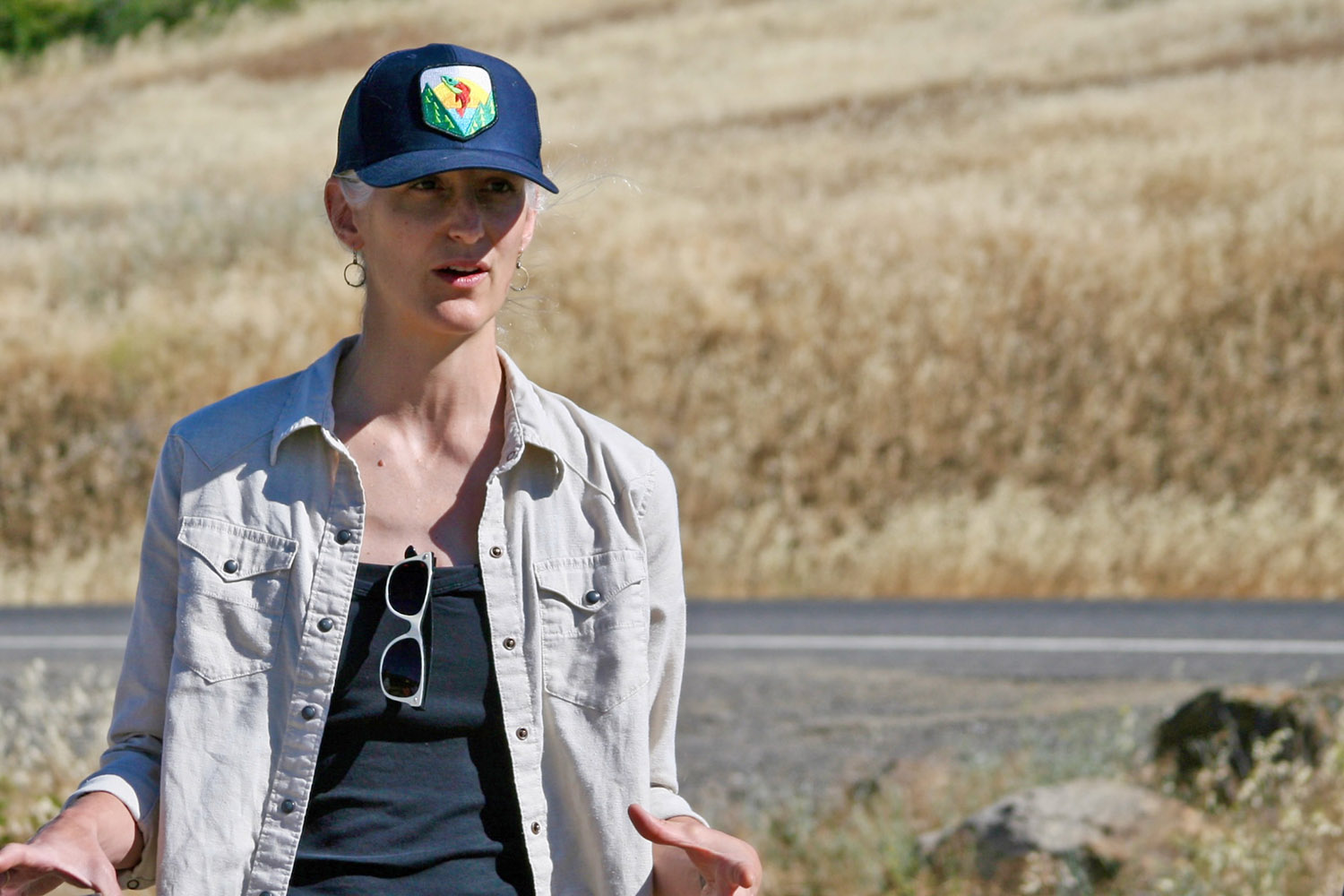
For every water issue the Legislature must consider and address, there is a case study and affected party somewhere in the Rogue basin.
Wild Salmon Center Water Policy Director Caylin Barter
“For every water issue the Legislature must consider and address, there is a case study and affected party somewhere in the Rogue basin,” says Barter. “There are also many great local stories to share about Oregonians navigating these problems together. That’s the call to action we need our lawmakers to hear: water insecurity is hurting Oregon—but you can help.”
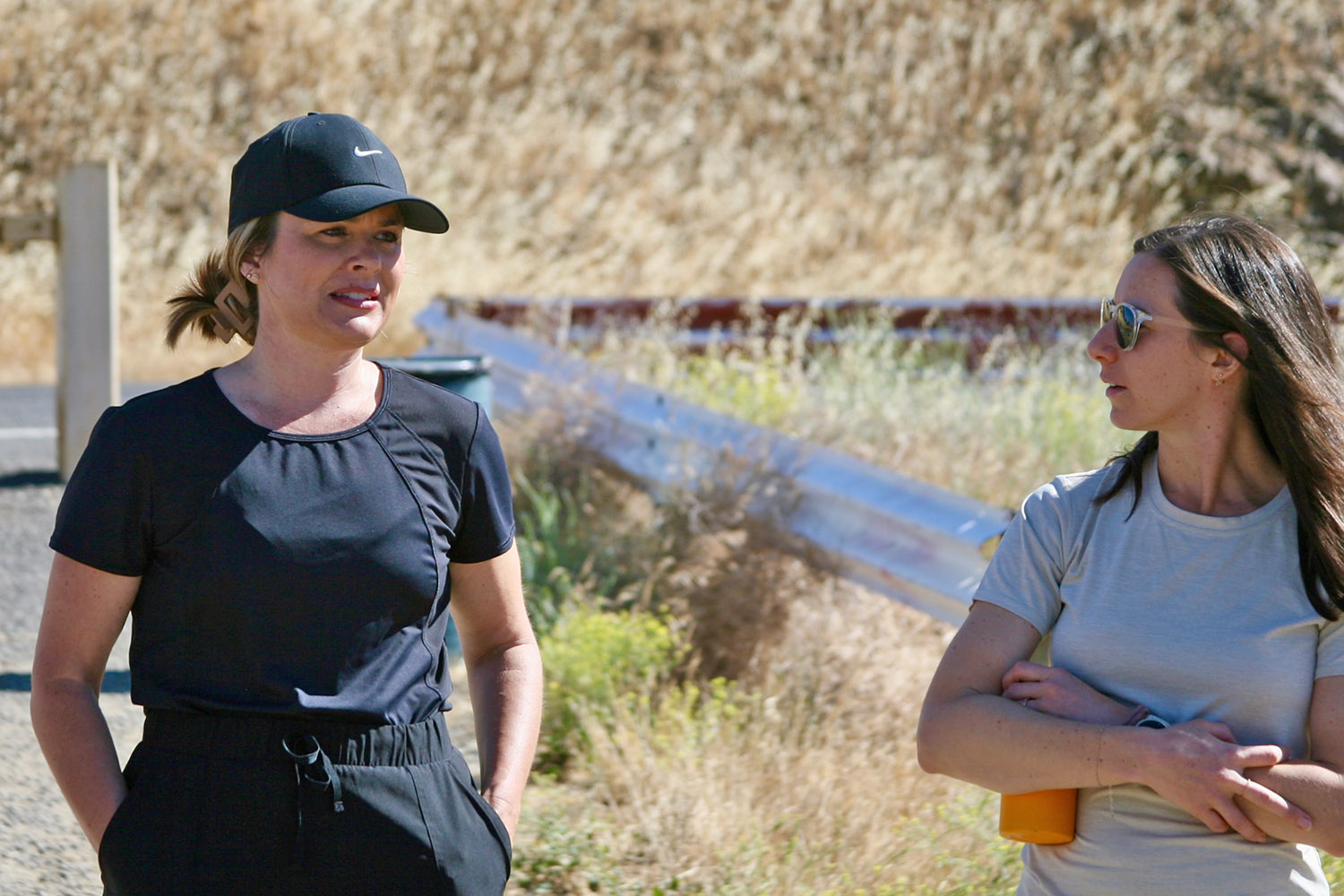
Legislators are listening.
“Everytime I go on a tour like this, it peels back another layer for me to get to a deeper understanding,” Rep. Marsh says. “We’re at the beginning of this process. In this next legislative session, I think a lot of the conversation will be about educating legislators about the Oregon Water Resources Department and water allocation.”
The bad news, suggests Rep. Marsh, is the sheer complexity of Oregon’s water allocation system: laws that go back well over a century, when our first-come, first-served water rights system was born, and the state’s lack of water data wasn’t a huge concern.
This is where Barter and her Oregon Water Partnership colleagues shine: together, they bring decades of experience in navigating this complexity—and in working with the Legislature to forge new pathways. From watershed restoration that boosts wildfire resiliency to innovative water rights leasing programs that benefit both farms and fish, the coalition is bringing a host of smart, proven fixes to Salem, drawn from all corners of Oregon.
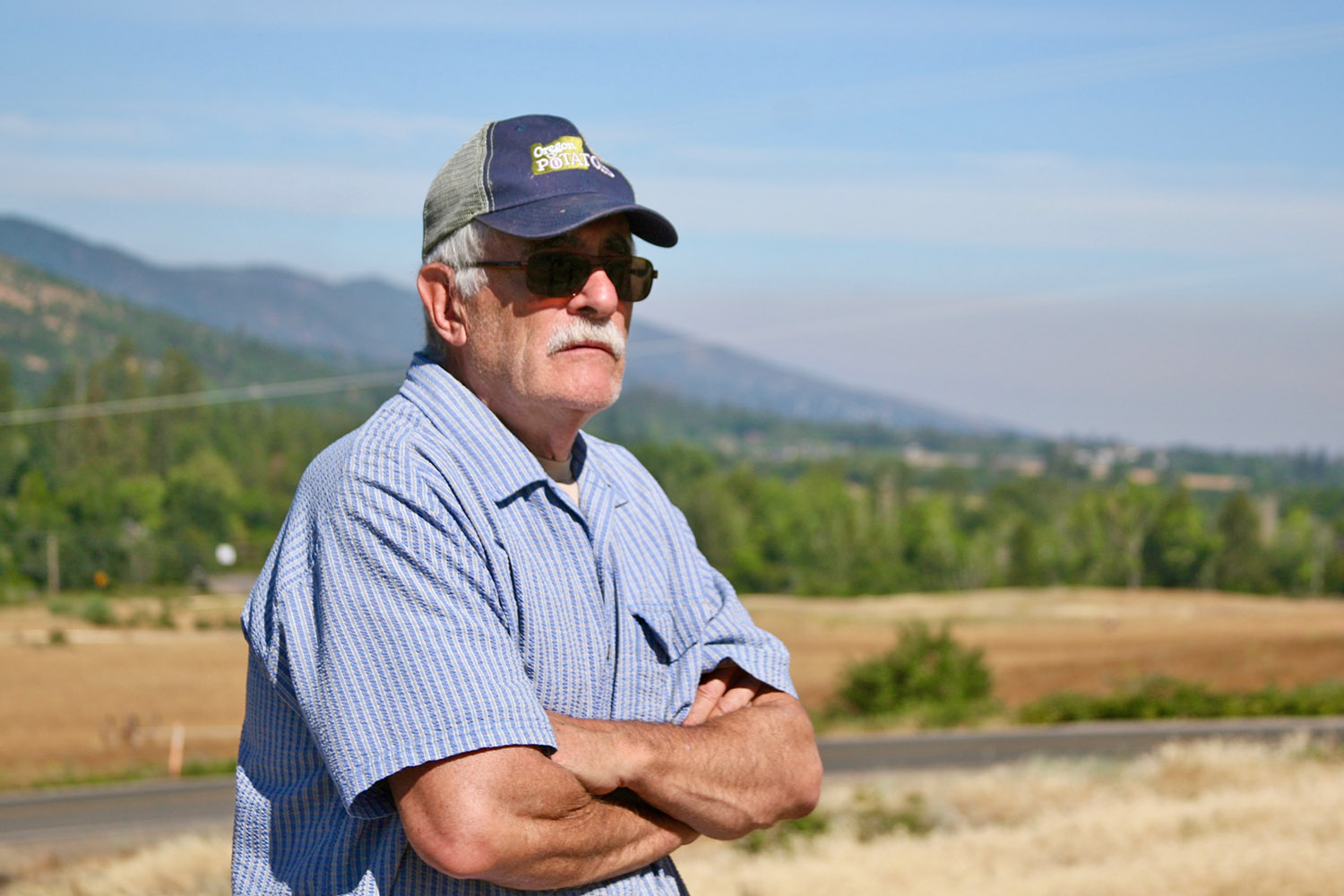
If the path to a better water future runs through the Oregon State Capitol, it begins and ends with everyday Oregonians.
Senator Jeff Golden
“If the path to a better water future runs through the Oregon State Capitol, it begins and ends with everyday Oregonians,” says Senator Jeff Golden, (D-Ashland), who joined Rep. Marsh on the Rogue tour to be another local resource for his legislative colleagues.
As Chair of the Senate Natural Resources and Wildfire Committee, Sen. Golden was particularly struck by the stop at Blue Heron Park on Bear Creek: a primary Rogue River tributary that was scorched by the 2020 Almeda Fire—but far less scorched in sections where the newly-formed Bear Creek Restoration Initiative had already begun work to restore riverside habitat and remove invasive species like Himalayan blackberries. This kind of community building, he says, facilitates sharing of resources and enables the state to leverage limited dollars to greater impact. And those successes encourage more and more people to get involved in finding solutions.
“We’re decades behind where we need to be on water issues,” says Sen. Golden. “There’s a need for Oregonians with a love of place to step up. We can’t afford not to be optimistic.”
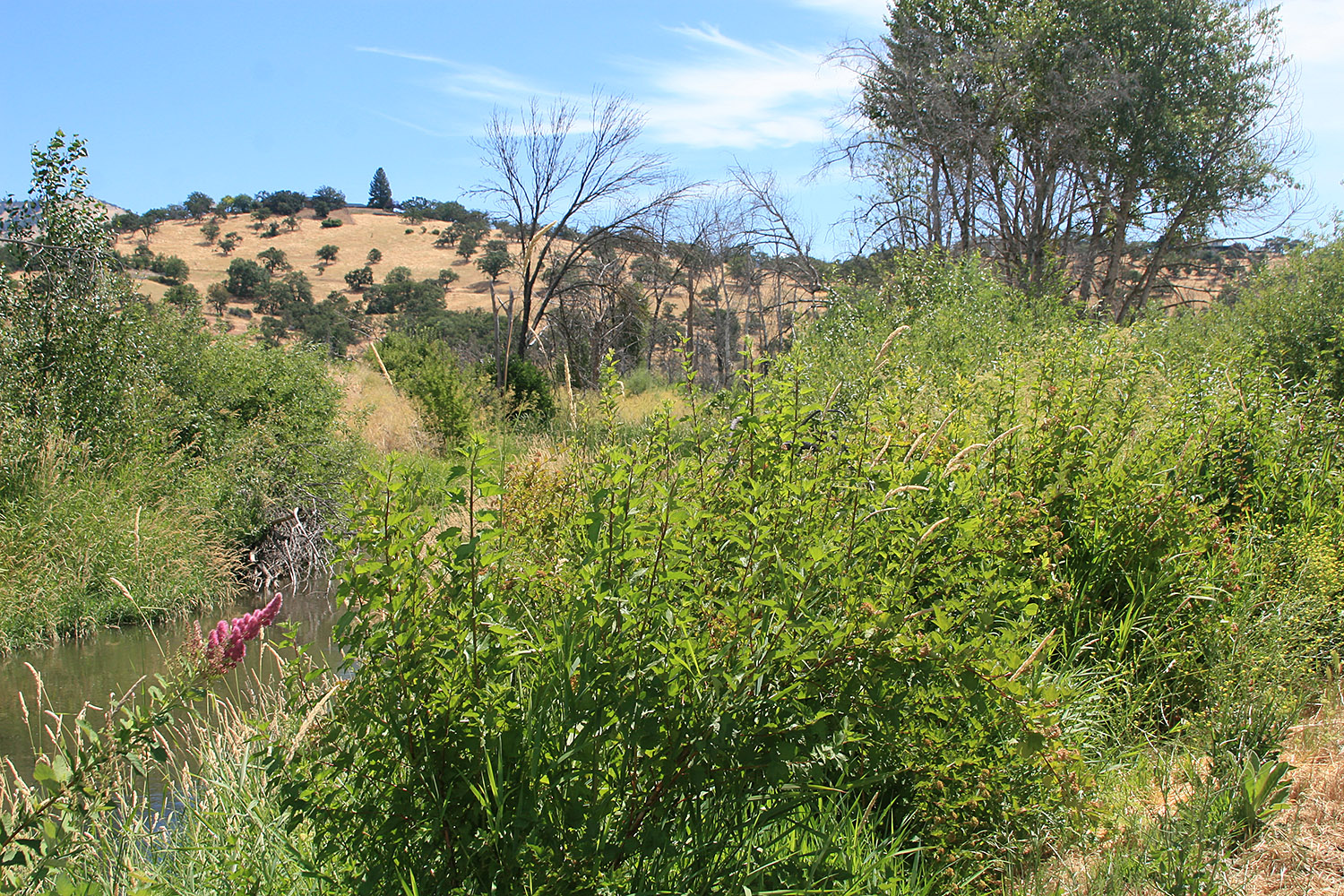
Oregon Water Partnership Priorities:
- Invest in environmental drought resilience to lessen the impact of future droughts.
- Modernize statutes to allow Oregon to better protect ecosystems and manage water proactively.
- Invest in science and technology to quantify water supply, instream and out-of-stream water needs, water consumption, and opportunities for conservation and efficiency.
- Fund state agencies to support increased water data collection, management, integration, and accessibility.
- Increase instream protections—including the adoption of more instream water rights, support for voluntary instream transfers and leases, and designation of new state scenic waterways.
- Invest in nature-based approaches to expand our natural water storage capacity, improve water quality, increase disaster resilience, and benefit fish and wildlife habitat.
- Modernize groundwater management to ensure groundwater rights are only issued if they are within the capacity of the resource.
- Ensure equitable protection for communities and ecosystems so that our most vulnerable communities can adapt to a changing climate—and our most resilient habitats can endure.
Learn more about Oregon Water Partnership and our work.
Pictured top: The tour group above Emigrant Lake, an artificial reservoir on Bear Creek in the Rogue River Basin. Left to right: Representative Pam Marsh (D-Ashland), Karen Lewotsky (OEC), Rachel O’Connor (EDF), Caylin Barter (WSC), Representative Emily McIntire (R-Eagle Point), Chrysten Rivard (TU), Ryan Fisher (WSC), Kathryn Duvall (Environmental Caucus Chief of Staff), Representative Mark Owens (R-Crane), Representative Ken Helm (D-Beaverton), Senator Jeff Golden (D-Ashland), Kimberley Priestley (WW), James Fraser (TU).
